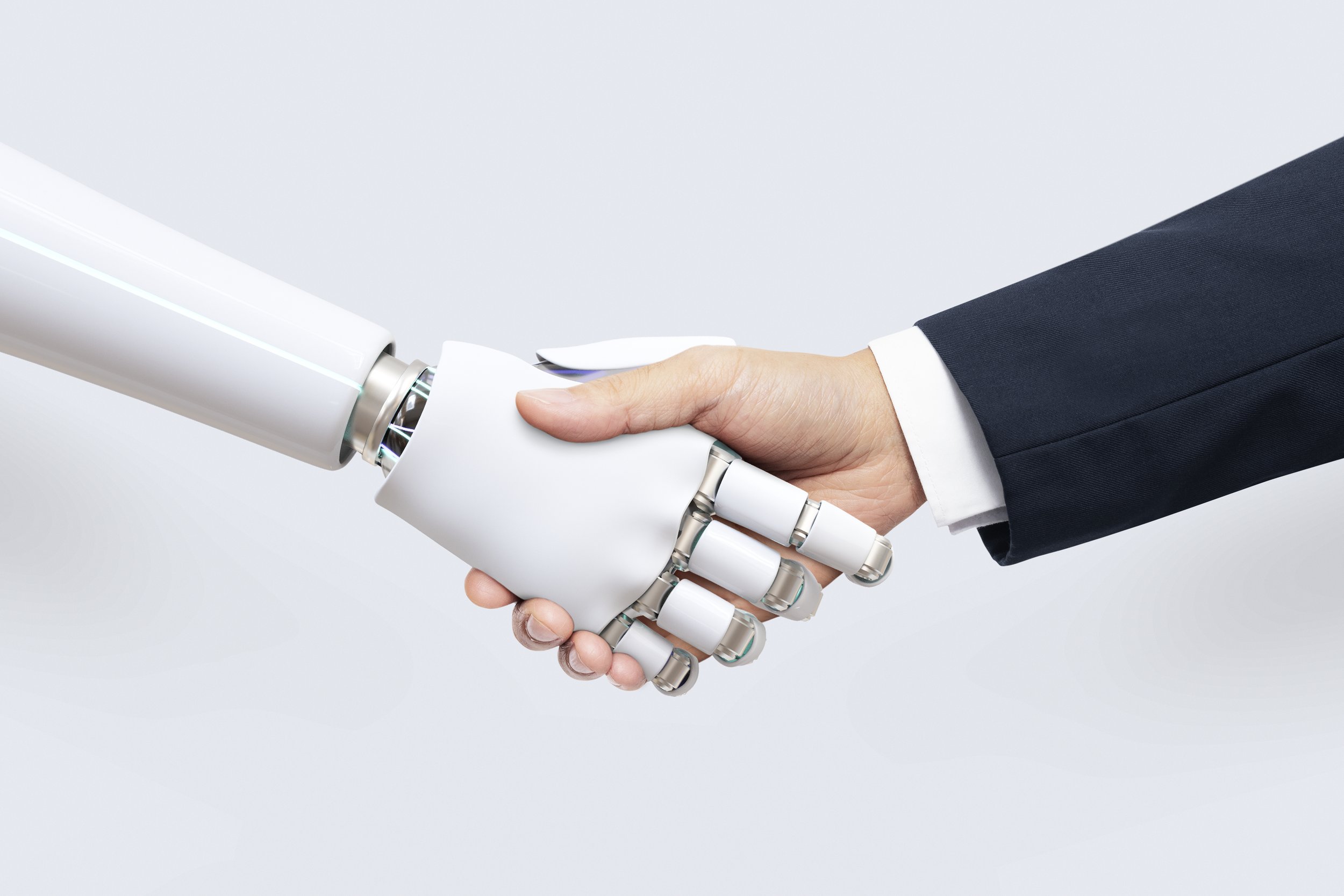Closing the Knowledge Gap in your Asynchronous Workplace
Photo by Tima Miroshnichenko
It's frustrating when you have everything in place for your organization to succeed and it still doesn't work. There can be many reasons for your performance outcomes falling behind, but one of the most common ones is a gap in the knowledge and skills of your employees.
43% of people think their workplace is struggling with this issue, and as technology changes the way we work, that number will only grow. Asynchronous and remote working styles make it even more challenging to track when employees are falling behind.
The good news is that there are ways to identify and deal with knowledge gaps in the workplace. This article will explore how you can find out what your employees need to know and how to get them the training they need to be successful.
The Impact of Knowledge Gaps
A knowledge gap is the difference between what an employee knows and what they need to know to successfully do their job. There will usually be some gaps when changes happen within an organization, or when you hire new talent.
However, the real problems come when those gaps are not addressed right away and continue to grow.
Gaps in knowledge and skills can have a large impact on your organization. They can lead to inefficiencies, poor-quality work, missed deadlines, unhappy customers, and high turnover. Not knowing what they're doing at work can also lead to increased burnout and "quiet quitting" from your employees.
With technology becoming more and more vital to the daily operations of businesses, the knowledge gap is continuing to grow. Employees who were perfect for the job when they got it may no longer have the data literacy or tech-savviness to complete their tasks efficiently. The longer this issue goes unaddressed, the larger the gap gets.
Trying to train your employees on what they’re missing only gets harder the more they need to learn. This is why it’s so important to catch gaps in knowledge early and continually train your team. 67% of employees think anytime, anywhere training is important for continued performance.
Being available for on-the-job training was a lot simpler when everyone was in the same place. Now that many businesses have adopted a work-from-home model or embraced an asynchronous approach, it’s not as simple as walking around the office and checking up on people.
How to Identify Knowledge Gaps
The first step in dealing with knowledge gaps is identifying them. You can do this in a few different ways:
1. Look at performance data - If you're not meeting your targets then it's likely that some employees don't have the skills they need to be successful. Use data from performance reviews, customer feedback, and other sources to identify which areas need improvement.
This is especially important in a remote workplace. When work is getting done asynchronously it can be hard to spot where a hangup is happening, so you’ll want to make sure there are excellent records to address. Finding software that has reliable reporting is a must.
2. Talk to employees - Sometimes the best way to find out what someone needs to know is to just ask them. Set up regular check-ins with employees or encourage them to come to you with questions. This can help you identify areas where people feel like they need more training.
3. Continual Assessment - Assessing employees regularly can help you identify knowledge gaps before they become problems. This can be done through formal testing or more informal methods like asking employees to complete tasks and giving feedback.
Staying on top of knowledge gaps should be a part of every step of your training and assessment process. When you’re hiring a new candidate, make sure your job description is clear about both the hard and soft skills they will need. Make sure you are aware of anything they don’t understand.
Once you’ve gotten through the training with a new hire, you should have a way to assess if they retained everything they need to know. You’ll want this to take place both directly after training and down the line to see if the information stuck.
Make sure you’re doing more than just testing employees, though. Provide them with continuous support to learn more about anything they are having trouble with on the job.
These assessments should also be done to some extent any time you introduce a new technological skill to your workflow. Ensuring technological literacy in your team doesn’t need to be a huge undertaking, so long as you train them each time a new knowledge base is required.
Closing the Knowledge Gap
Now that you know exactly where the gaps in knowledge are, it's time to start addressing them and working to stay ahead of them in the future. Here are some ways you can close the knowledge gap in your workplace:
1. Make training a priority - Set aside time and budget for employees to regularly receive training on the latest technologies, processes, and best practices. This will ensure that everyone is up-to-date on the skills they need to do their jobs effectively.
Remember that short bursts of training on a specific and need-to-know basis will work better than large-scale training. The fewer new things people need to remember at once, the better.
2. Encourage learning - Create an environment where learning is encouraged and valued. This may include things like providing incentives for employees to get certified in their field or offering mentorship programs.
In an increasingly online workplace, this has the added benefit of encouraging team members to gain more specialized skills. If someone is particularly interested in data analysis, you will eventually be able to integrate a more data-driven culture into your workplace because the skills are already there.
3. Leverage Technology - Use technology to your advantage by implementing e-learning and communication solutions that can be accessed by employees at any time and from anywhere. This type of training is flexible and convenient, making it more likely that employees will use it.
Finding the right software to connect your team asynchronously could be the difference between a steadily growing knowledge gap and one that is on its way to closing. We recommend Stormboard because of its ability to integrate other software and keep everything in one place. This means no matter what your employees need to access, they know exactly where to go.
4. Stay ahead of the curve - Stay on top of industry trends and changes so you can anticipate the skills your employees will need going forward. The quickest way to fall back into having large knowledge gaps is to suddenly introduce a new technology or workflow without building up the skills required beforehand.
A great way to mitigate this jump is to utilize automation and integration as much as possible. You’ll also want to ensure that the knowledge gained is attached to a specific performance outcome so that you can gauge an employee’s improvement.
For example, if you are having trouble with productivity, you’ll want to make sure you are tracking any increase in productivity as your team is learning. This way you’ll know when you can move on to more advanced training, and be able to gauge its effectiveness.
Conclusion
There’s no question that adjusting to remote work comes with a huge learning curve. Small gaps in knowledge can quickly become canyons that need to be crossed to achieve your performance outcomes.
Staying in contact with your team and tracking their performance is a great way to identify these gaps, and focusing on training and technology will help build a bridge across. Make sure you’re using software that makes the learning as streamlined as possible while promoting communication and collaboration between teams.
Confusion at work leads to burnout and a lack of satisfaction. Ensuring that your team is up to date on all the skills necessary for a shifting workplace will not only increase productivity, but it will make your company a place your employees are excited to be. Together, you can move forward into a bright- and well-informed- future.
Stormboard is an excellent resource for keeping your team in constant communication and promoting efficient asynchronous collaboration.
Our experts can also help with reducing the learning curve and setting your team up for success right off the bat. Check out our custom training packages or speak with one of our Customer Success Specialists today to find out more.
About the author:
A programmer by trade, Nick Saraev is a freelance writer and entrepreneur with a penchant for helping people excel in their careers. He's been featured on Popular Mechanics & Apple News, and has founded several successful companies in e-commerce, marketing, and artificial intelligence. When he's not working on his latest project, you can find him hiking or painting.










